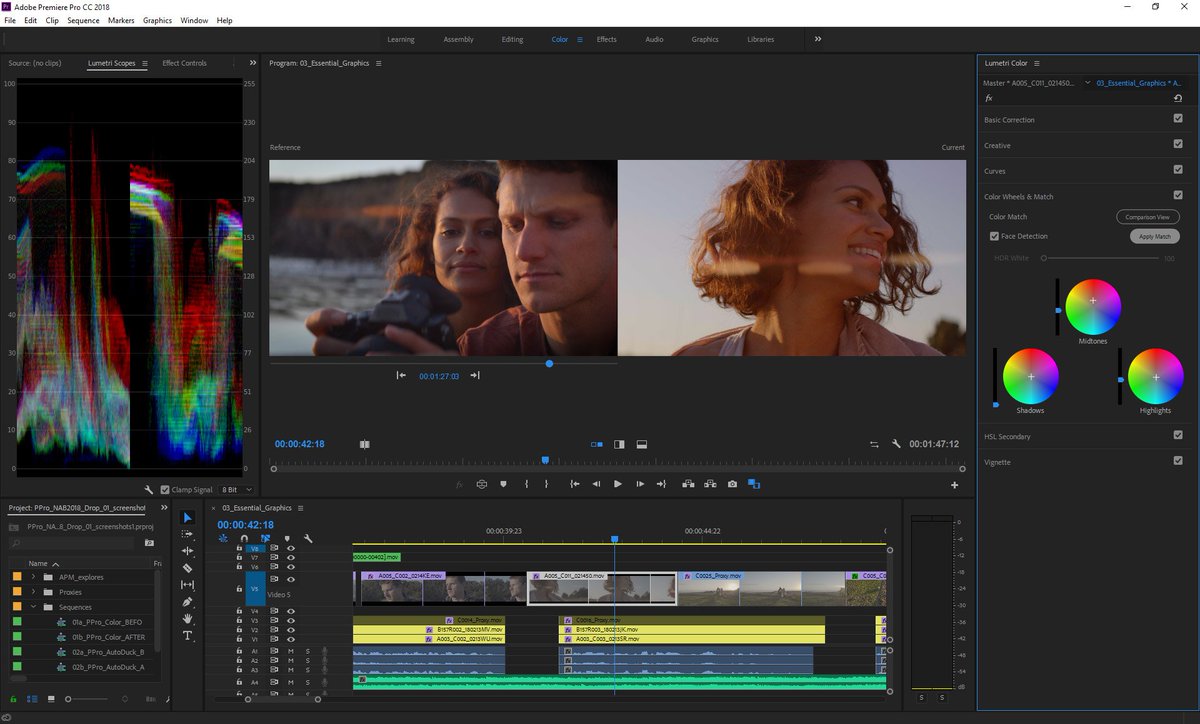


ADOBE PREMIERE PRO VS AFTER EFFECTS SOFTWARE
has hundreds of tutorials for all its software to help guide you through the different features that are available. Why: No matter which program you decide to use, Adobe’s customer support is top-notch.Premiere Pro has a pretty simple learning curve, with most of its functions being drag-and-drop and its navigation being pretty simple to understand. Why: While both programs are designed to be user-friendly, the nature of After Effects demands a little bit more skill and has a steeper learning curve when it comes to setting keyframes, adding layers, and other tools.It’s time to put these programs up against each other and see which ones excel in each of our key categories: Ease of Use There are even some 3d modeling capabilities within this tool.

It’s also easy to do things like adding transitions between video clips in your timeline.Īfter Effects, however, heavily focuses on visual effects and manipulating and adding to the footage itself to create stunning visual effects (think text drop-ins, special effects like fire and lightning, and image manipulation like picture-in-picture). The Main Differences Between After Effects and Premiere ProĪdobe Premiere Pro was mainly designed to be a non-linear editing program, so its features heavily lean towards making the assembly of multi-shot video footage and audio as simple as possible. They both allow you to manipulate video footage, adjust color, and add special effects, resulting in a much more polished image than raw footage alone. On a basic level, After Effects and Premiere Pro are both video editing programs.


 0 kommentar(er)
0 kommentar(er)
